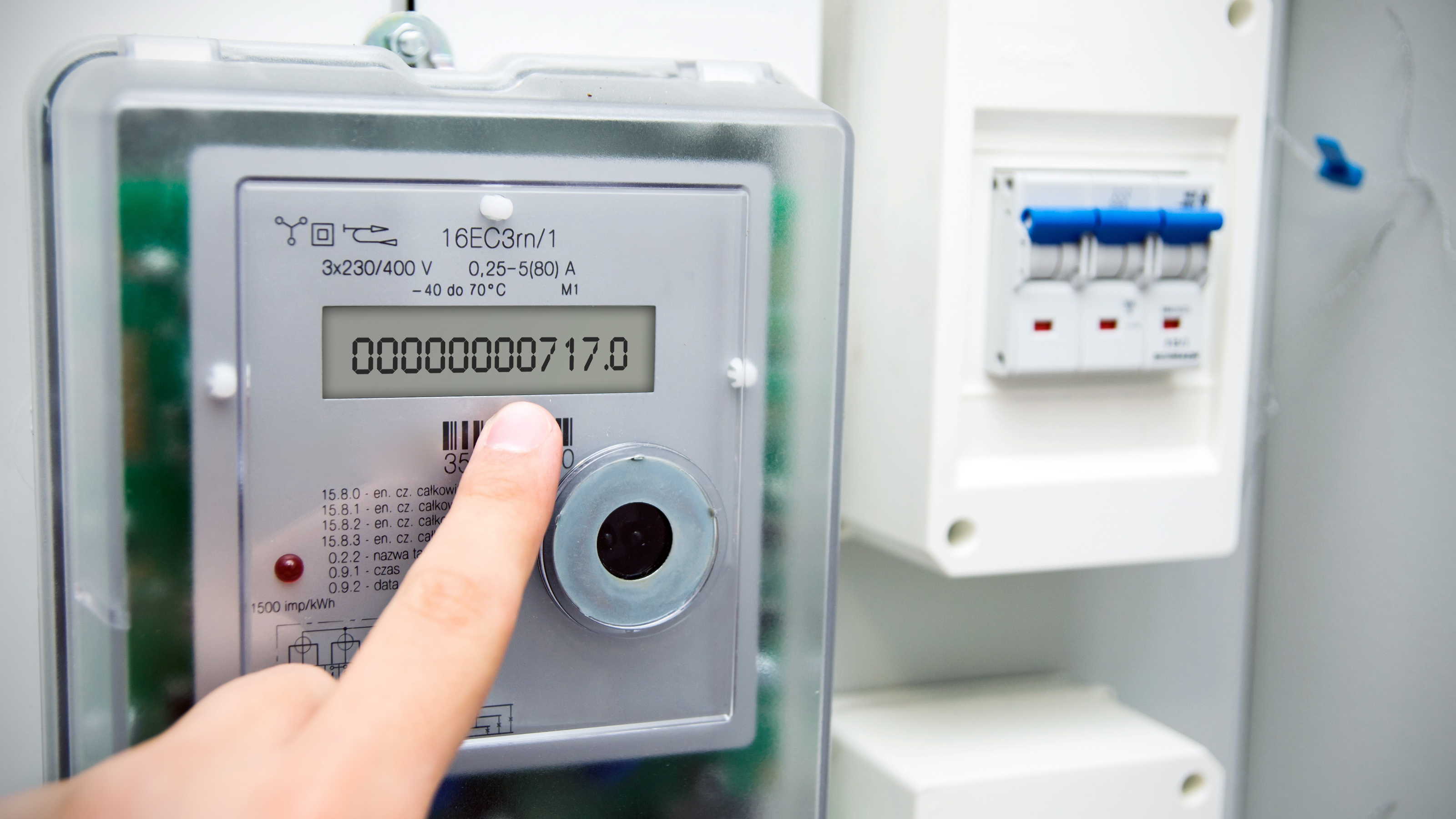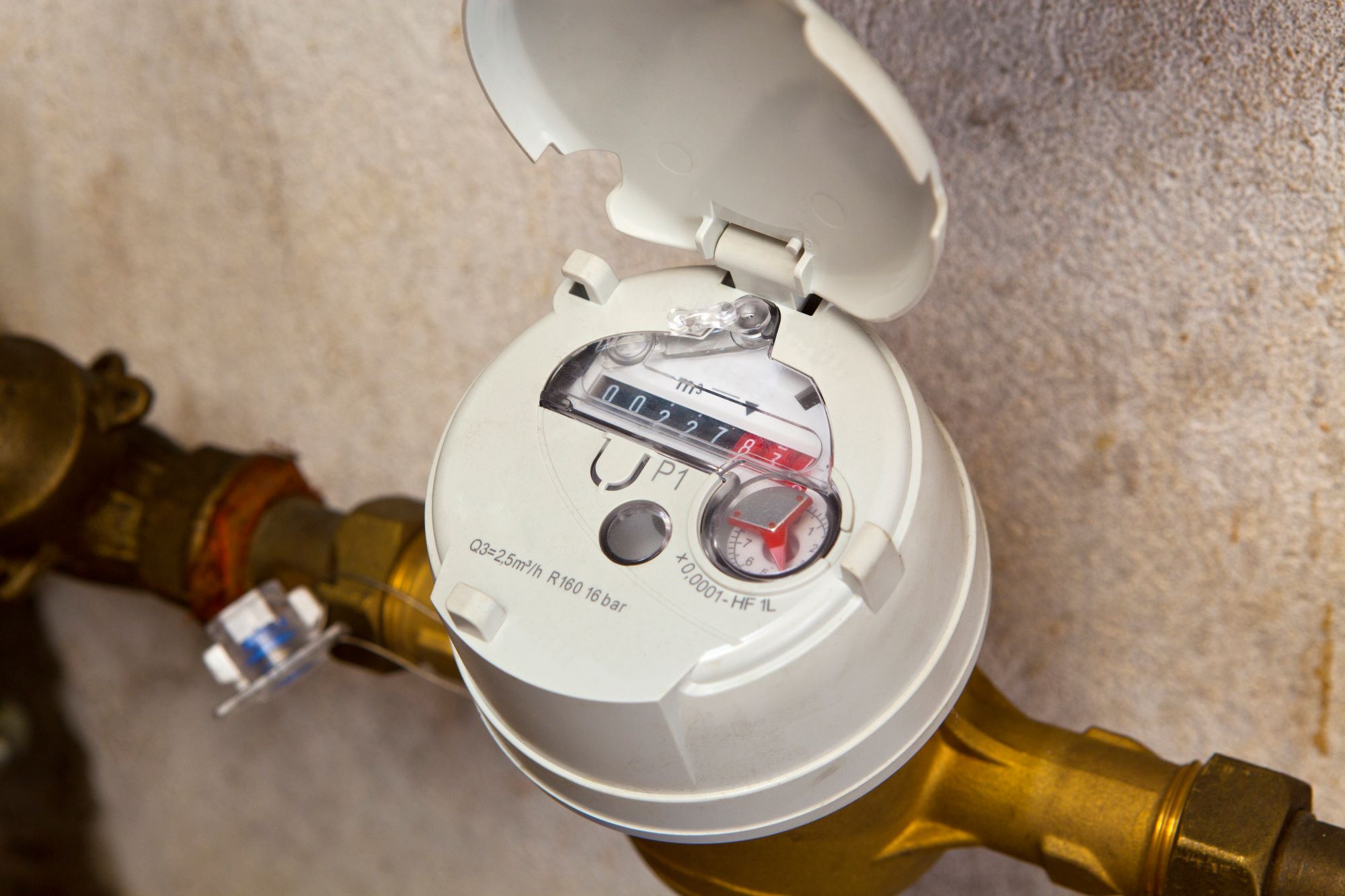How to take over utilities when you’re moving house
Get your supply of electricity, gas and water for a new home organised with our guide

Knowing how to take over utilities when you’re moving house will make the process smoother. The utility companies you had accounts with at your previous property know you are no longer responsible for the bills there and the suppliers at your new home can transfer the accounts into your name.
Organising the takeover of utilities isn’t an onerous part of buying a house, but it is important to notify suppliers and read meters at the right times. Fail to take the steps that are necessary and you can end up with issues to deal with and even extra costs.
To enable you to get set up with gas, electricity and water in your new home, our guide includes all the tasks you should complete, and when you need to do so. And if you’re taking over a home with oil-fired central heating, there’s advice on this, too.
1. Find out which companies supply your new home

Subscribe to Plotfinder.net to access over 15,000 building plots and properties that could become your next project
It should be easy to find out which companies supply the utilities for your new home as the seller will have been asked to specify this on the TA6, or property information form, they fill in during the conveyancing process.
If the information isn’t there, though, there are other ways to find out. The Find My Supplier service can tell you who the gas supplier is if you are about to occupy a property.
Discovering which company supplies the electricity is a little more complicated as you need to find out who the electricity network operator is first, then use its website to search for your supplier. Citizens Advice has the details of what you need to do.
For water, you can track down the supplier via Water UK.
2. Inform current gas and electricity suppliers that you’re moving
Whether you’re selling a home or moving from rented accommodation, it’s crucial to notify the suppliers of gas and electricity at the property that you’re leaving.
Give at least 48 hours’ notice that you’re doing so. You should also be ready to provide your new address for the final bills from your current property. “This will end your contract with your current supplier (however, there may be excess fees to cancel the contract if you are in a fixed tariff contract),” explains James Longley, managing director of Utility Bidder.
“If you’re on a fixed contract at your current property and don’t want to pay an exit fee when you move house, you can ask your energy supplier if you can transfer your energy plan to your new house,” he says.

James Longley is managing director and founder of Utility Bidder, an award-winning business energy consultancy in the UK. He primarily manages supplier relations, as well as helping with new business opportunities. James has nearly two decades of experience in the energy sector, and has since expanded to launch the James Longley Group in 2024 – where ambitious business owners can seek to maximise their growth with James’s help.
3. Read gas and electricity meters on moving day
You should read gas and electricity meters at both the property you’re leaving and your new home on moving day.
For the home you’re leaving, note the readings and provide them to your supplier(s). Make sure that you retain these readings and the date on which they were made so you can check the details are correct on a final bill.
With a smart meter, so long as it is in smart mode, the supplier will get readings automatically. If not, read the meter.
You need to check the meters in your new home, too. “You should read the utility meters in your new home on the day that you move in, ideally before you use any of the services such as gas, electricity and water,” says Thomas Goodman, property expert at MyJobQuote.
“If you don’t manage to do it on the day, you may have up to five days to submit your reading before your energy supplier will estimate the opening reading.”
“However, if you have a smart meter your energy supplier will be able to take a reading directly from the meter, you just need to call them the day you move in to let them know,” he adds.
Contact your new supplier(s) with the necessary readings but, again, retain them so you can check the first bill you are sent is accurate.

Thomas Goodman has worked in the construction industry for over 20 years. Thomas continues to work on building projects, while also providing expert construction and property advice to industry professionals and DIY enthusiasts via the MyJobQuote platform.
4. Consider the tariff
Be mindful about the implications of taking over the supply of gas and electricity. “When you move into your new home, you will most likely be transferred onto a standard tariff with the property provider at the time,” explains James Longley.
For a better deal, you can consider both a different tariff or switching since, James points out, you don’t have to stay with the current supplier once you have moved in. However, bear in mind you’ll get at least one bill from it.
“Once you have shopped around for a supplier of your choice, you can contact it, providing your meter readings and details about your new home’s current supplier,” says James. “The new supplier will handle communication with the home’s original supplier to initiate the switch.”

5. Deal with water
Water is another utility you’ll need to consider when you’re moving. Tell the water company that you’re leaving your current home and be ready to provide your new address. If you have a water meter, it is vital you give the company at least five working days’ notice so they can undertake a meter reading. If you leave it too late, you might end up paying for water that’s used even though you’ve moved out.
If you’re moving in the same area, you may have an account with the same water company when you live at the new address. Otherwise, you’ll need to let a different company know that you are taking over the property.
Be sure to take a reading if the home you’ve moved into has a water meter.
6. Take over oil-fired heating
If you’re buying a house with oil central heating, be prepared. “Find out if the seller is going to leave some oil in the tank when you move in,” advises Thomas Goodman.
“Arriving at a new house without any heating, particularly in winter, will not be pleasant for you or your family. If you have to arrange an emergency delivery, this will cost you much more than a standard delivery.”
FAQs
What happens if you don’t receive accurate energy bills?
Worried that you might be charged for energy the seller used but hasn’t paid for? “Unpaid bills are the previous owners’ responsibility, so you do not need to pay anything,” says James Longley. “You can simply inform the energy supplier that you moved in after the energy was used. You will need to tell them when you moved, and provide them with a copy of your tenancy agreement or mortgage contract if they ask for proof. You should then ask them to send you a new bill, and give them a meter reading to ensure that the new bill is correct.”
It’s a different matter if you don’t get an accurate gas or electricity bill for over a year. Under what are called back-billing rules, the supplier typically can’t send a bill for energy you used more than 12 months ago. Note that this isn’t the case if you did receive a bill before the year passed and didn’t pay. Citizens Advice has a guide to back billing.
Reading meters and contacting suppliers can seem troublesome extras amid the hard work of moving home, but doing these tasks is important in order to receive accurate bills for what you’ve used. Think about switching suppliers, too, once you’re in a new home to ensure you’re getting the best deal you can.

Get the Homebuilding & Renovating Newsletter
Bring your dream home to life with expert advice, how to guides and design inspiration. Sign up for our newsletter and get two free tickets to a Homebuilding & Renovating Show near you.
Sarah is a freelance journalist and editor writing for websites, national newspapers, and magazines. She’s spent most of her journalistic career specialising in homes.
She loves testing the latest home appliances and products, and investigating the benefits, costs and practicalities of home improvement. She is an experienced renovator and is currently remodelling the ground floor of her new home.
She was Executive Editor of Ideal Home and has worked for Your Home and Homes & Ideas. Her work has published by numerous titles, including The Guardian, channel4.com, Houzz, Grand Designs, Homes & Gardens, House Beautiful, Homes & Antiques, Real Homes, The English Home, Period Living, Beautiful Kitchens, Good Homes and Country Homes & Interiors.
